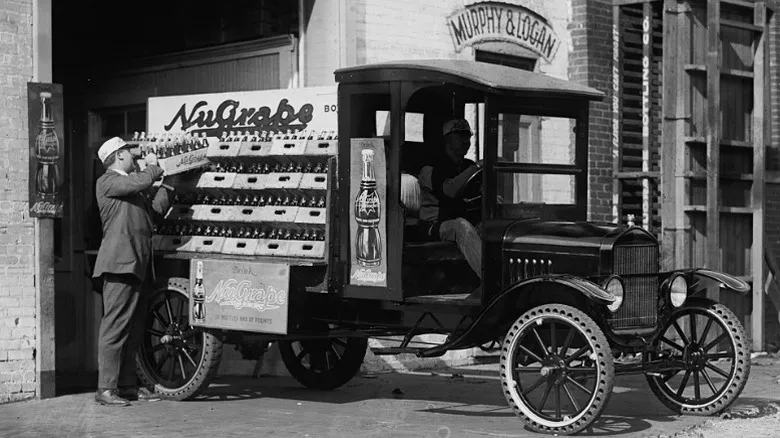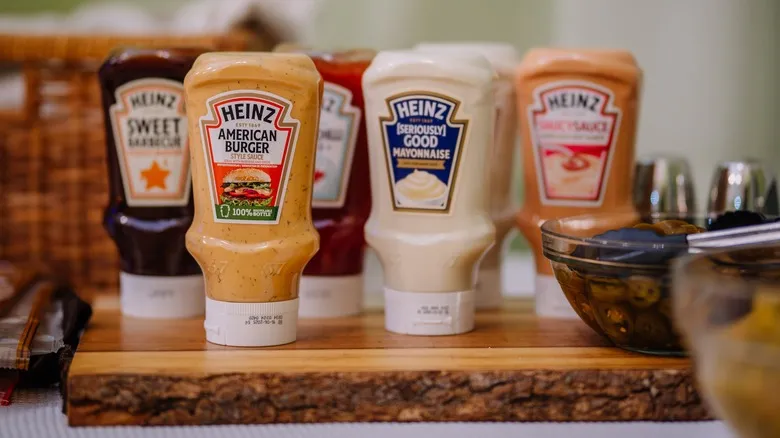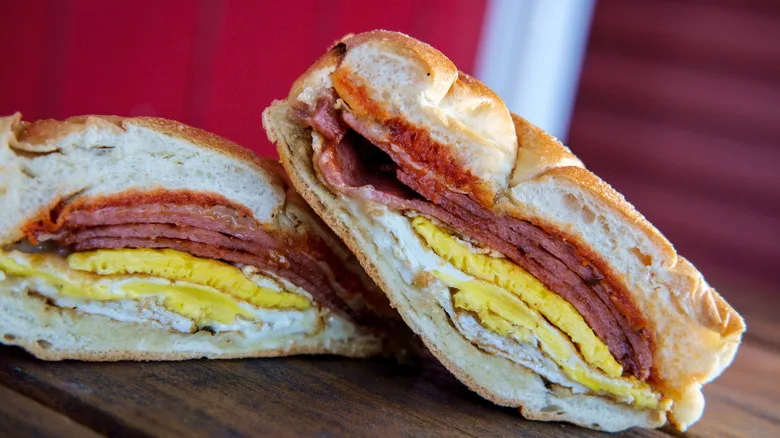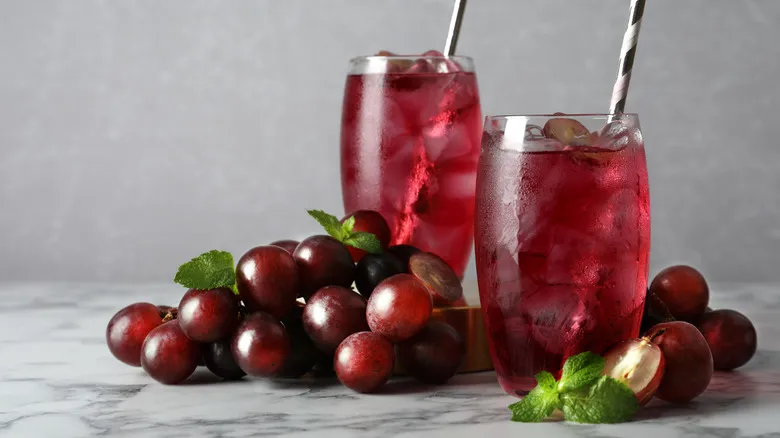Grape soda in Southern history

The success of grape soda in the South can largely be attributed to the alcohol taboos that emerged during the Prohibition era. Growing religious movements campaigned against alcoholic drinks, fostering cultural attitudes that contributed to the passage of the 18th Amendment and continued long after its repeal. Even today, Southerners tend to consume less alcohol on average, according to the PEW Research Center. A beverage that everyone, regardless of age, could enjoy without facing social stigma was a crisp and refreshing soda.
During this period, access to clean drinking water improved, yet many rural communities still faced challenges due to outdated well water systems. Bottled soda brands had the capability to purify their drinks, making them appear safer than municipal water. Southern bottling companies flourished in producing grape-flavored beverages during and after Prohibition, with notable brands like NuGrape from Georgia, Grapette from Arkansas, and the well-known Grapico. The 1950s marked a significant rise in the popularity of grape soda, coinciding with industrialization and the expansion of Coca-Cola products.
Grape soda's appeal extended beyond the South, influencing the popularity of grape drinks in general. Many churches still opt for grape juice instead of wine during communion services today. While socioeconomic factors often influence the history of food and drink, these beverages also hold culinary significance. Southern cuisine tends to be salty and savory, making a sweet grape drink the perfect complement. Don’t dismiss it until you’ve tasted it!
Recommended

The Limited Edition Heinz Mayo That May Have Been Its Most Interesting Flavor

The History Of Why Pork Rolls Are Sometimes Called Taylor Ham Sandwiches

The Last Meal Neil Armstrong And Buzz Aldrin Had Before Going To The Moon

What Makes A Sonoran Dog Different From Any Other Hot Dog
Next up

